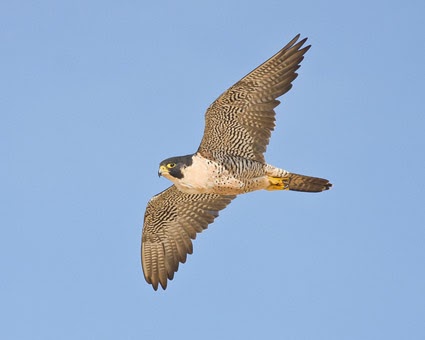Salt water crocodile is the biggest crocodile in the world. Salt water crocodile have world second strongest jaws. It found in north Australia.
Taxonomy and Evolution
Incomplete fossil records make it difficult to accurately trace the emergence of the species. The genome was fully sequenced in 2007. The earliest fossil evidence of the species date to around 2 million years ago. and there are no known subspecies. Scientists estimate that Crocodylus porosus is an ancient species that could have diverged anywhere from 39 and 9 million years ago.
Distribution and habitat
In northern Australia (which includes the northernmost parts of the Northern Territory, Western Australia, and Queensland), the saltwater crocodile is thriving, particularly in the multiple river systems near Darwin (such as the Adelaide, Mary, and Daly Rivers, along with their adjacent billabongs andestuaries), where large individuals of more than 5 m (16 ft) in length are not uncommon. The saltwater crocodile population in Australia is estimated at between 100,000 and 200,000 adults.
Biology and behavior
While most crocodilians are social animals sharing basking spots and food, salties are more territorial and are less tolerant of their own kind; adult males will share territory with females, but drive off rival males. Saltwater crocodiles mate in the wet season, laying eggs in a nest made into a mound of mud and vegetation. The female guards the nest and hatchlings from predators.
Hunting and diet
Hatchlings are restricted to feeding on smaller animals, such as small fish, frogs, insects and small aquatic invertebrates. In addition to these prey items, juveniles also take a variety of freshwater and saltwater fish, variousamphibians, crustaceans, molluscs, such as large gastropods and cephalopods, birds, small to medium-sized mammals, and otherreptiles, such as snakes and lizards. The larger the animal grows, the greater the variety of animals it includes in its diet, although relatively small prey are taken throughout the lifetime of a crocodile even as an adult. Among crustacean prey, large mud crabs of the genus Scylla are frequently consumed especially in mangrove habitats. Ground-living birds, such as emu and different kinds of water birds, are the most commonly preyed upon birds, due to the increased chance of encounter.
Conservation status
- Appendix I (prohibiting all commercial trade in the species or its byproducts): All wild populations except for those of Australia, Indonesia and Papua New Guinea
- Appendix II (commercial trade allowed with export permit; import permits may or may not be required depending on the laws of the importing country): Australia, Indonesia and Papua New Guinea wild populations, plus all worldwide populations bred in captivity for commercial purposes
prey & enemies
SAVE ANIMALS
—It's super-easy to help animals, no matter how old you are. Check out how Save Animals to get a jump-start on making a huge difference in the lives of animal everywhere: Animals are alive for their own reasons, not to entertain us. Animals in movies, circuses, and zoos are denied everything that is natural and important to them. They will never be allowed to hang out with their families, graze, or do anything that they would do in the wild. Refuse to support this cruelty by never going to a zoo, marine park, or circus that uses animals. If your class is planning on dissecting any animal, ask your teacher for a humane alternative assignment, such as using a computer program to perform a virtual dissection. An animal will be saved, and you will actually learn and remember way more! Check out more info on how to get a dissection alternative at your school.
— THE END
—THANK YOU


.jpg)

.jpg)


.jpg)








.jpg)
.jpg)
.jpg)


.jpg)
.jpg)
.jpg)







.jpg)

.jpg)


.jpg)
.jpg)





.jpg)
.jpg)